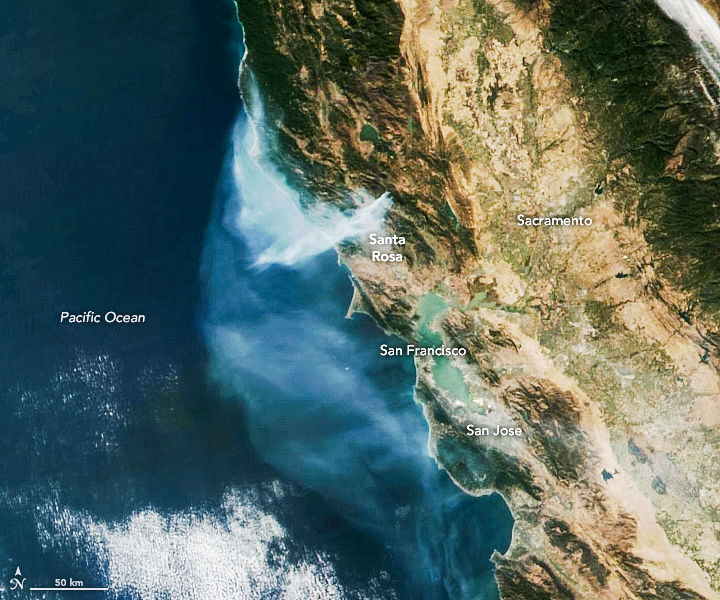California wildfires have been burning up and down the state for decades, and their burning areas keep expanding.
The number of wildfires occurring nationally since the mid-1980s has remained relatively the same. However, the burn area affected by each wildfire has significantly increased over time.
There are a number of things that can cause wildfires, but man-made factors typically ignite most of them, said Heath Starns, a fire ecologist at Texas A&M AgriLife’s Sonora Experiment Station.
“This is not necessarily to say someone intentionally started the fire,” Starns said. “It’s a product of some sort of human activity, whether that be vehicles, or electricity infrastructure, or a cooking fire. These fires are typically really large and really difficult to control.”
Other major causes of wildfires are climate change, timber harvesting and urbanization. The exponential urbanization that has occurred in the United States, and in California in particular, since the 1980s has seriously impacted the size of wildfires, said Jianbang Gan, professor of forest management and economics. However, he said A&M’s campus is relatively safe from experiencing these major wildfires.
“Most of the fires in this country, particularly on both coasts, are caused by humans,” Gan said. “I think [in the Brazos Valley], in terms of the community, I don’t see the threat like in California. There are some possibilities, some risk, but I think we’re pretty much safe compared to California.”
Fuel management is one of the major preventative measures taken for wildfires, Gan said. Most money spent on national fire mitigation goes toward fuel management practices, as fuel is the root cause of this issue. Especially in an urbanized society, even if a fire starts naturally within a forest, it could easily spread into a community. And houses have other sources of fuel to contribute to the fire mass.
“Over the past several decades, we have tried putting fires out immediately,” Gan said. “When you do this again and again for many years, the fuel in the vegetation starts accumulating. When you combine natural fuel with a man-made environment, it becomes even more complicated and more difficult to put the fire out.”
Starns said the best time for fire mitigation is when the weather changes and the winds die down. In California, the Santa Ana winds play a significant role in enraging wildfires. It is important for firefighters to begin controlling the speed of fires once the winds cease. Otherwise, Starns said, efforts are being taken to do prescribed burnings in controlled environments where winds are more predictable. These measures can help reduce the overall fire density and any fuel sources.
Current national fire policy focuses on maintaining healthy forestry as well as fuel treatment to prevent future wildfires. According to the National Interagency Fire Center’s website, the U.S. spends over three billion dollars on fire prevention. Nonetheless, Gan said all of this money dedicated to fire prevention may not be enough to eliminate man-made wildfires in the long-term.
“In the short-term, we will probably live with this for a while,” Gan said. “In the long-term, I think we need to do something. It is no longer just a forestry management issue. I think fire is now a social issue. … So in the long-term, as a society, we need to come up with something.”
California wildfires: Why they happen and how they are controlled
November 6, 2019
Photo by via NASA
The Kincade Fire of California has encompassed more than 76,000 acres as of Oct. 30, 2019.
Donate to The Battalion
Your donation will support the student journalists of Texas A&M University - College Station. Your contribution will allow us to purchase equipment and cover our annual website hosting costs.




















